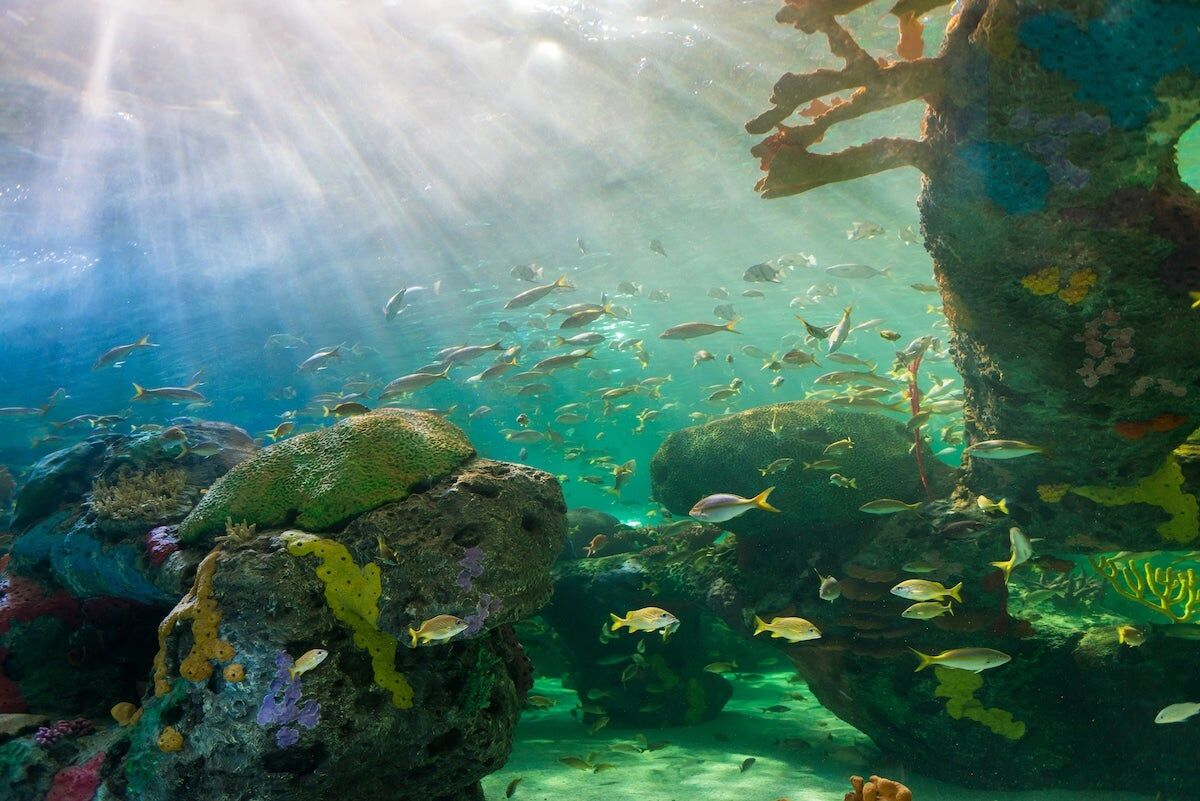

18/09/2023
After more than a decade of talks, the 193 United Nations (UN) member states have reached a landmark international agreement for a new Treaty for the conservation and sustainable use of marine biological diversity in areas of the ocean outside national jurisdiction, known as the “high seas”.
In New York on 17th June 2023, President of the UN Intergovernmental Conference on Marine Biological Diversity of Areas Beyond National Jurisdiction Rena Lee announced that the substantive issues of the Treaty had been agreed upon.
“Following a two week long rollercoaster ride of negotiations and super-hero efforts in the last 48 hours, governments reached agreement on key issues that will advance protection and better management of marine biodiversity in the High Seas”, said Director of the High Seas Alliance Rebecca Hubbard in a press release from the High Seas Alliance.
The Treaty will clear the way for the establishment of marine protected areas (MPAs) in the high seas and provide guidelines for assessing how human activities impact the environment, a press release from the Pew Charitable Trusts said.
“High seas marine protected areas can play a critical role in the impacts of climate change”, said Mrs. Liz Karan, Project Director of the Pew Charitable Trusts’ Protecting Ocean Life on the High Seas, in the Pew Charitable Trusts press release. “Governments and civil society must now ensure the agreement is adopted and rapidly enters into force and is effectively implemented to safeguard high seas biodiversity”, she added.
The high seas are home to abundant marine life and extraordinary ecosystems like deep-water corals. They also serve as migratory routes for sharks, whales and other species. A network of MPAs in the high seas is crucial for preserving a minimum of 30 percent of marine and terrestrial habitat worldwide by 2030 - an international movement known as “30 by 30”. 30 by 30 was adopted last December by the Parties to the UN Convention on Biological Diversity as part of the Kunming-Montreal Global Biodiversity Framework.
“Following the Kunming Montreal Agreement, which sets out a global path for biodiversity protection, this treaty will bring a similar ambition to the high seas. Because Canada’s waters are bounded by three international ocean basins, it has an outsized role in ensuring that the Treaty is fully implemented, once formally adopted”, said Vice President of Conservation and Projects at Oceans North Susanna Fuller, in the High Seas Alliance press release.

The high seas are home to abundant marine life and extraordinary ecosystems like coral reefs
Currently, only a little more than one percent of the high seas is protected, but the new Treaty will provide a framework for establishing MPAs, as well as the legal basis for attainment of the 30 by 30 goal. Protecting at least 30 percent of the planet’s ocean by 2030 is the minimum level needed to ensure it will be healthy, scientists have said.
The Treaty will make it easier to manage shipping, fishing and other activities that have historically contributed to the deterioration of ocean health in the high seas, the High Seas Alliance press release said. The high seas are home to millions of species and is the largest habitat on the planet.
“It’s been a very long journey to get to a Treaty. We will be looking to the 52 states that make up the High Ambition Coalition to lead the charge to adopt, ratify and identify important High Seas areas to protect”, said Mrs. Rebecca Hubbard in the High Seas Alliance press release.
One of the major sticking points in Treaty negotiations was how best for nations to share marine genetic resources (MGR) and the profits that will eventually come from them, reported The Guardian. MGR are the genetic material of deep-sea organisms like krill, seaweeds, corals, marine sponges and bacteria, which can potentially be used in cosmetics and medications. “The High Seas Treaty opens the path for humankind to finally provide protection to marine life across our one ocean. Its adoption closes essential gaps in international law and offers a framework for governments to work together to protect global ocean heath, climate resilience, and the socioeconomic wellbeing and food security of billions of people”, said Director of the International Union for Conservation of Nature’s Global Marine and Polar Program Minna Epps.
The new Treaty will be opened for signatures on Sept. 20, during the annual meeting of world leaders at the General Assembly, and it will take effect once it is ratified by 60 countries. The Treaty will create a new body to manage conservation of ocean life and establish marine protected areas in the high seas. It also establishes ground rules for conducting environmental impact assessments for commercial activities in the oceans. Secretary-General Antonio Guterres told delegates that the adoption of the treaty comes at a critical time, with the oceans under threat on many fronts.
Phương Tâm (Source: The Guardian)
(Source: The article was published on the Environment Magazine by English No. II/2023)